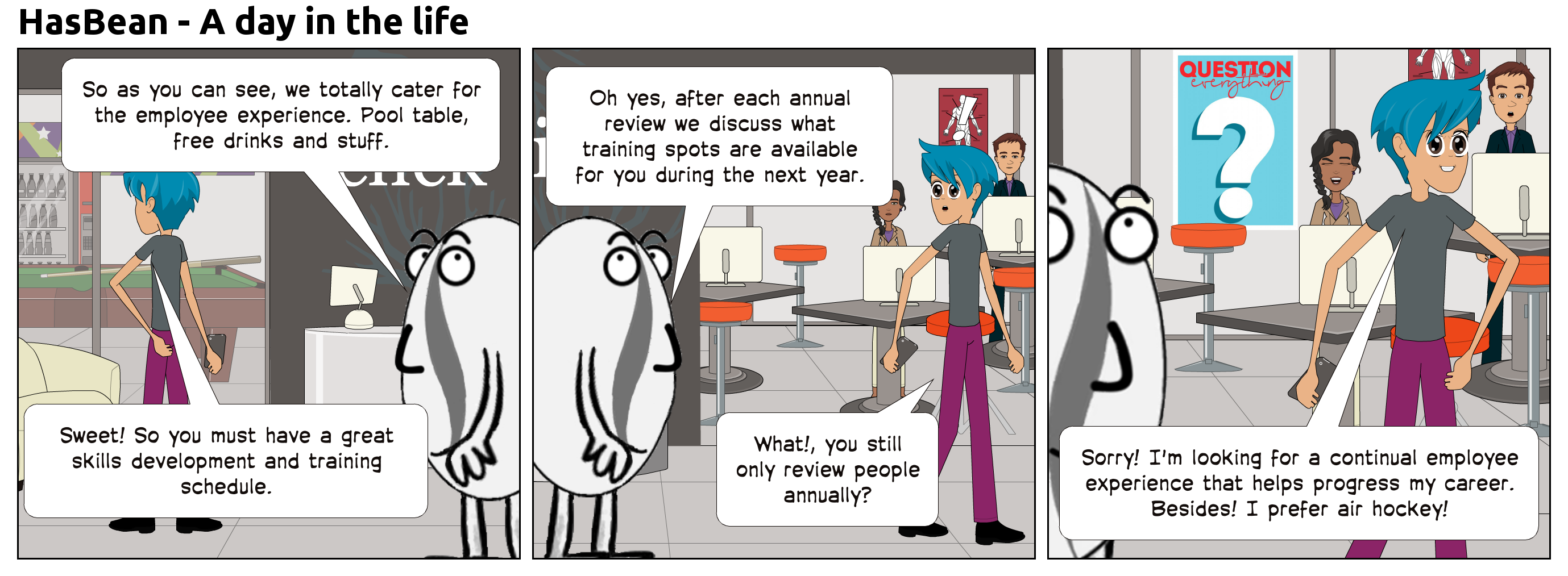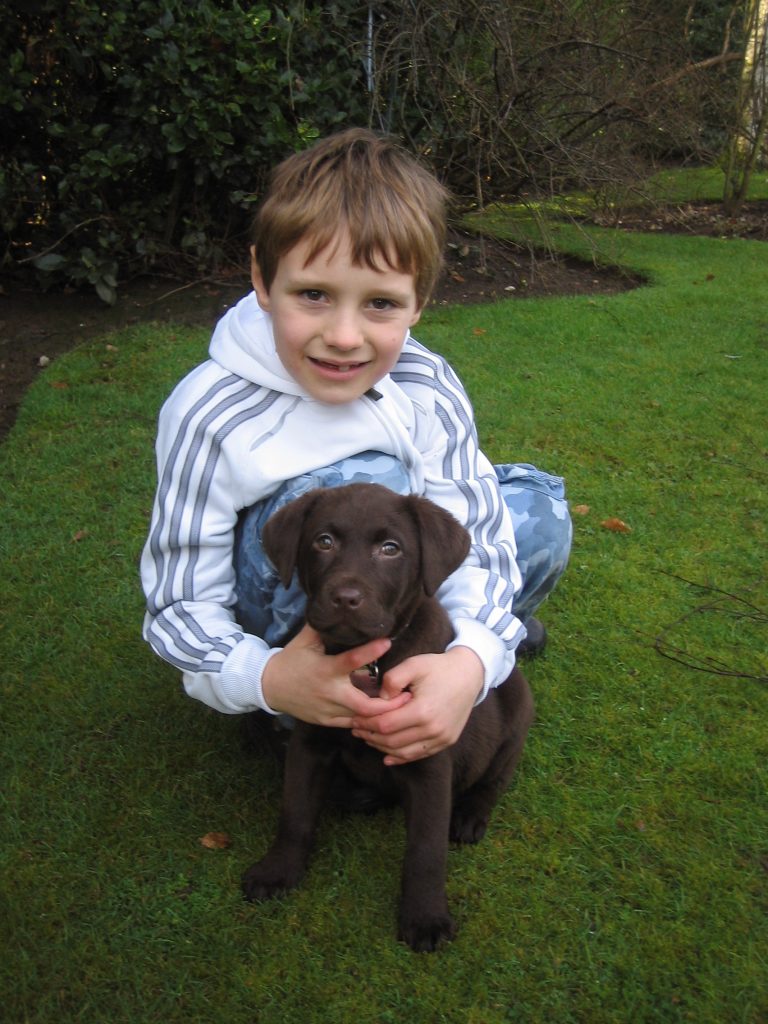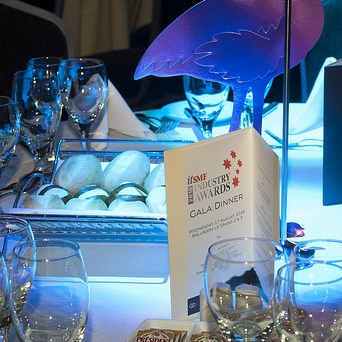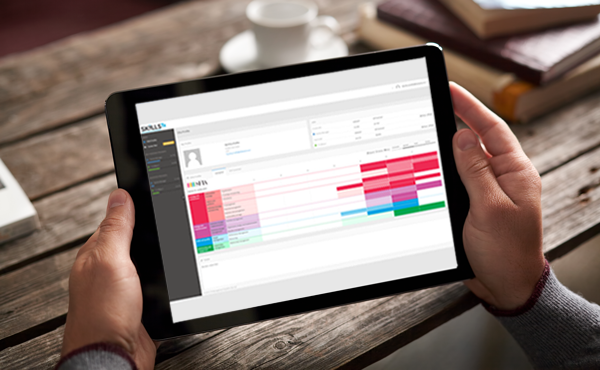A dog is for life, not just for Christmas
It is more than 40 years since the slogan “A dog is for life, not just for Christmas”, was created by Clarissa Baldwin OBE, Chief Executive of the Dogs Trust (which was known as the National Canine Defence League in those days).
Treat them right
Whilst I’m not trying to say that you should treat your staff like dogs, or expect them to work for you for the whole of their life, you do need to consider how you treat them right to get the best out of them, and ensure the good ones stay and flourish. Whichever way you look at it, whether you’re genuinely concerned about employee well-being or simply about productivity, what you do will directly impact your resources. If they think they will be treated better elsewhere, you run the risk of losing them – and in times of reported skills shortage, the good ones are likely to be sought-after.

Bothered?
How much interest do you take in your employees? Do you know what motivates them to get out of bed every morning and come to work with enthisiasm and energy to do the best possible job?
What do you both need?
What skills do they have? Do they have skills which they aren’t being given the opportunity to practice and keep up-to-date? The chances are that they have skills which you don’t even know they have – just because you’ve never asked them, and only have visibility of the skills they use in their current role. Some of the latent skills could be useful to your company – so find out about the whole skillset, not just the sub-set they happen to be using now. A recent McKinsey Global Institute Skill shift report found that “37 percent of respondents said their current jobs did not fully use their skills”. If you couple that with the World Economic Forum “The future of jobs” report findings that “on average, by 2020, more than a third of the desired core skill sets of most occupations will be comprised of skills that are not yet considered crucial to the job today”, the need to get a complete picture of the skills profile of each and every resource becomes clear.
Which skills would they like more opportunity to develop, or even to simply maintain? Would they move elsewhere for a better chance? How often do you have a constructive conversation about what they need or want, discuss what the company needs, and how these fit?
Action Plan
- Fully understand the current skills of your people – all their skills, not just the ones being used today. Use a common language for describing skills, like SFIA (the Skills Framework for the Information Age).
- If you have role profiles or job descriptions, make sure they are up-to-date, showing what is needed now and in to the future – using the same common skills language. Express your needs using the same language, whether it’s the requirements for a task on the next sprint, a role within a project, or a defined role or job.
- Talk to each person about their current skills, any gaps they have to the requirements of current and future roles, what their aspirations are for career development, the skills they have which they aren’t currently practicing or maintaining, which skills they would like to maintain or develop. Help them to create a Development Action Plan with prioritised actions that support their needs and the company needs.
- Review their skills profile and their development action plans on a regular basis. The current trend in most companies is to do this much more than just once a year.
Here are some short animated videos (each no more than 2 minutes) which demonstrate 3 perspectives – the Employee, a Manager, and the Executive Management.
All of the above is something that must be embedded in your normal working patterns – not just a “one off” project! It needs to become part of the routine for a healthy and long-lasting relationship – a bit like regular walks and a nutritious diet. The main photo shows my son and our dog in January 2009 – Peter is now 17, and Coco is 10 years old, both happy, healthy and still best friends.






